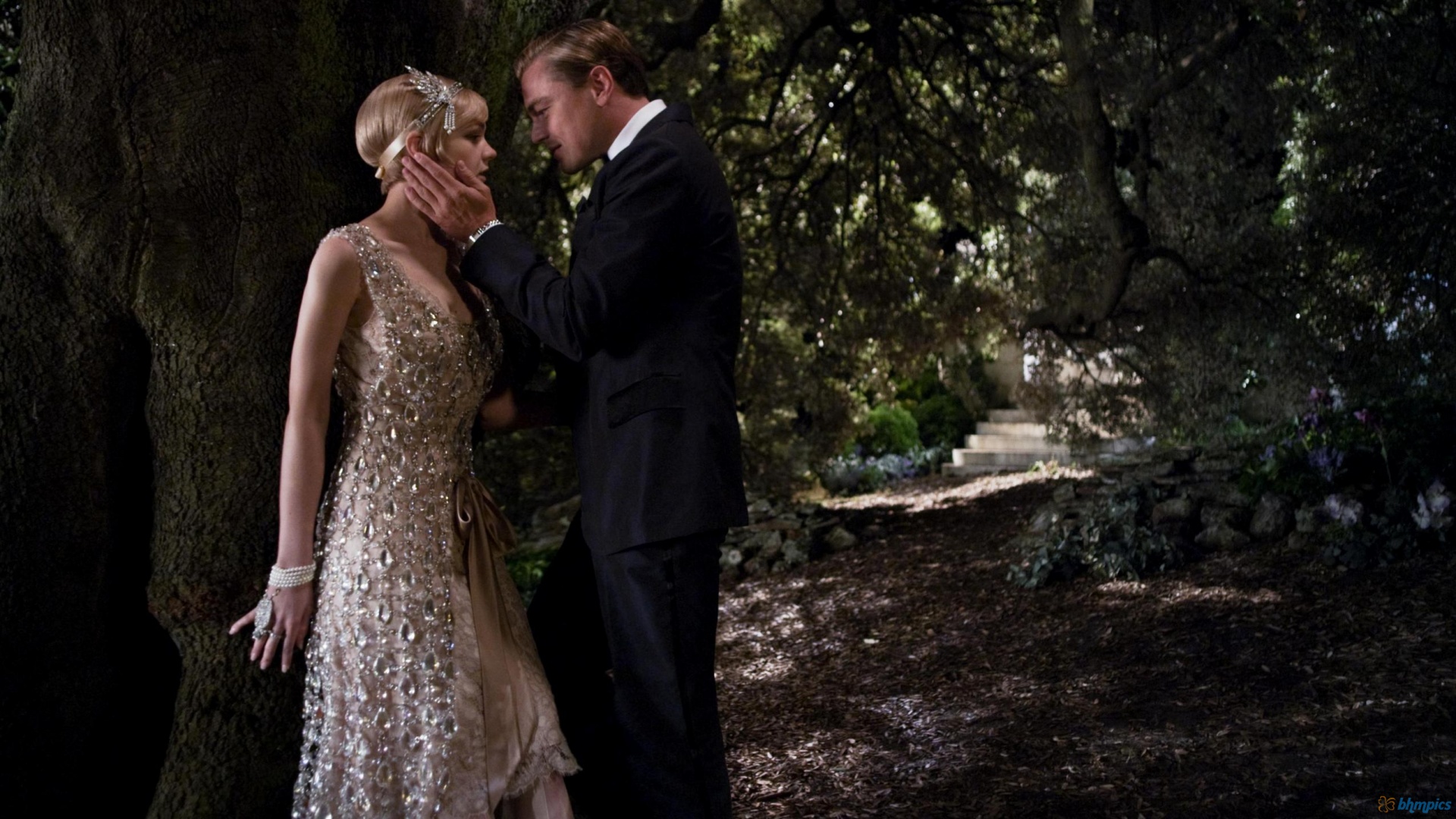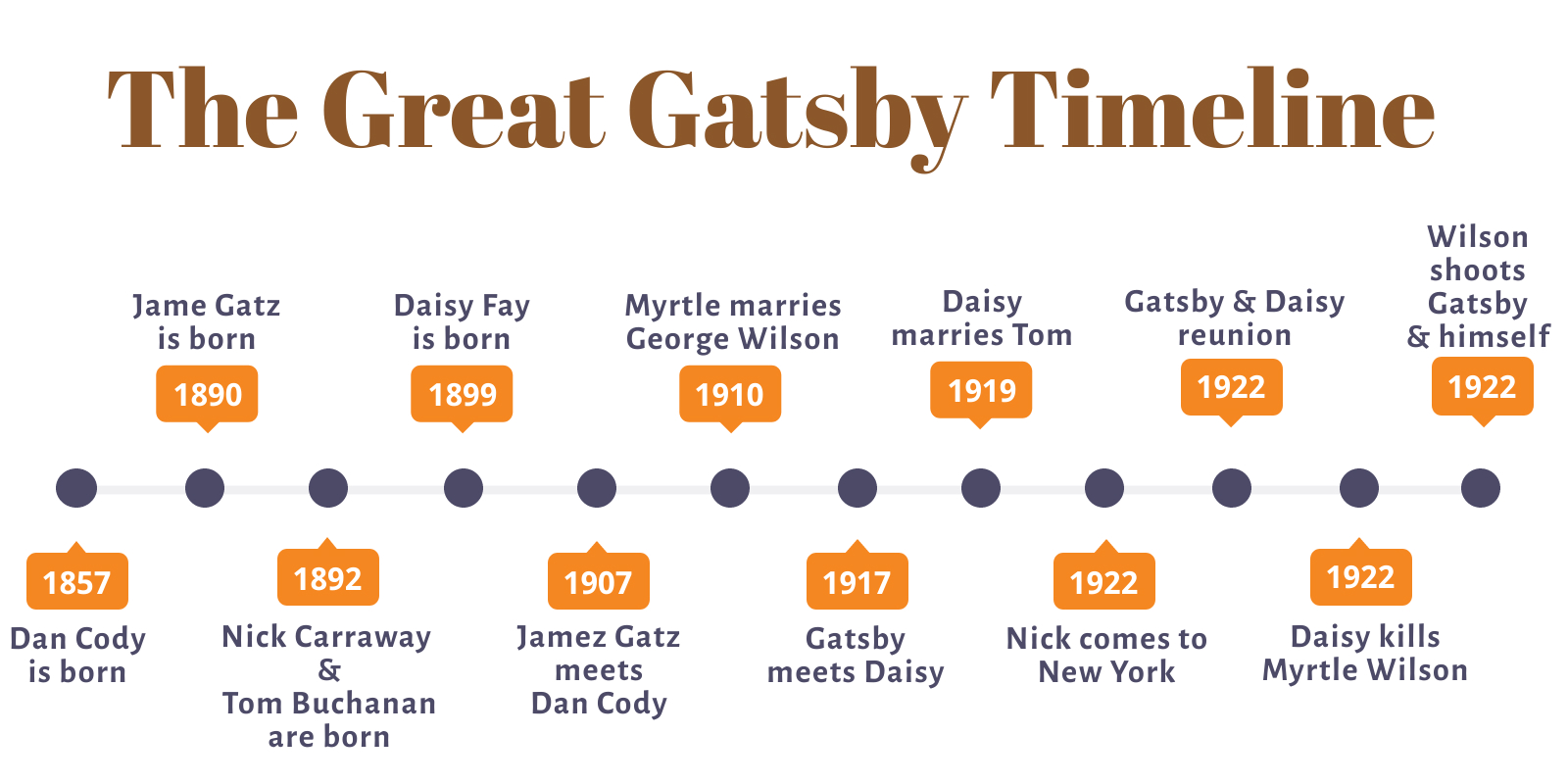Chapter 6 great gatsby summary – Embark on a literary journey through Chapter 6 of The Great Gatsby, a pivotal chapter that unravels the complexities of Gatsby, Daisy, and the elusive American Dream. Prepare to be captivated by a masterful blend of character development, symbolism, and literary artistry.
As the chapter unfolds, we witness Gatsby’s relentless pursuit of Daisy, the evolution of their relationship, and the profound impact of their past on their present. Delve into the symbolic tapestry woven throughout the chapter, where objects and colors hold hidden meanings that illuminate the novel’s central themes.
Chapter 6 Summary

In Chapter 6, Nick and Gatsby attend a lavish party at Gatsby’s mansion. Amidst the revelry, Nick witnesses the complex dynamics between Gatsby, Daisy, and Tom.
Chapter 6 of The Great Gatsby introduces the love triangle between Gatsby, Daisy, and Tom. Daisy and Gatsby rekindle their romance, leading to a confrontation between Gatsby and Tom. As the story progresses, we see the consequences of their actions, which parallel the events in chapter 16.5 of sao , where Kirito and Asuna face their own challenges in their relationship.
Chapter 6 of The Great Gatsby provides a glimpse into the complexities of love, betrayal, and the pursuit of happiness.
Gatsby’s Desperation
Gatsby’s desperation to win Daisy’s affection becomes evident. He tries to impress her with his wealth and extravagant parties, but Daisy remains aloof and uninterested.
Daisy’s Hesitation
Daisy is torn between her desire for Gatsby and her loyalty to Tom. She is drawn to Gatsby’s charm and passion, but she is also aware of the social and financial risks involved in leaving her husband.
Tom’s Suspicions
Tom senses Gatsby’s growing influence over Daisy and becomes increasingly jealous. He investigates Gatsby’s past and discovers his true identity, which he uses to undermine Gatsby’s credibility.
Symbolism and Motifs

Chapter 6 of “The Great Gatsby” is rife with symbolism and motifs that enrich the novel’s themes and enhance its narrative depth. These literary devices serve as windows into the characters’ inner worlds and the intricate tapestry of the Roaring Twenties.
The Valley of Ashes, Chapter 6 great gatsby summary
The Valley of Ashes is a desolate industrial wasteland located between West Egg and New York City. It represents the moral decay and societal inequality that lurks beneath the glittering facade of the Jazz Age. The inhabitants of the valley, like George Wilson and Myrtle, are trapped in a cycle of poverty and desperation.
Chapter 6 of The Great Gatsby marks a turning point in the novel, as the characters’ true motives and desires are revealed. Similarly, in Mary Shelley’s Frankenstein, each chapter provides a deeper insight into the characters and their complex relationships.
For a comprehensive analysis of Frankenstein, visit frankenstein analysis by chapter to explore each chapter in detail. Returning to The Great Gatsby, Chapter 6 continues to unravel the enigmatic Gatsby’s past and the complicated web of relationships that entangle the characters.
The Eyes of Dr. T.J. Eckleburg
The billboard with the giant eyes of Dr. T.J. Eckleburg overlooks the Valley of Ashes. These eyes symbolize the judgment and watchful gaze of God or a higher power. They witness the sins and secrets of the characters, adding an element of divine retribution to the narrative.
The Green Light
The green light at the end of Daisy’s dock is a powerful symbol of Gatsby’s unattainable dream. It represents his longing for the past and his belief that he can recapture the love he once shared with Daisy. The light remains elusive, symbolizing the impossibility of Gatsby’s quest.
Chapter 6 of The Great Gatsby delves into the enigmatic past of Jay Gatsby, his relentless pursuit of Daisy Buchanan, and the impending confrontation with Tom. In a parallel narrative, The Outsiders Chapter 7 explores the escalating tensions between the Greasers and the Socs , leading to a violent rumble that threatens to shatter their fragile coexistence.
As the drama unfolds in both novels, the connections between ambition, love, and the consequences of our actions become increasingly intertwined, mirroring the complex tapestry of life’s complexities.
The Cars
The cars in the novel are symbols of both freedom and danger. They represent the speed and recklessness of the Jazz Age, as well as the potential for violence and tragedy. Gatsby’s yellow Rolls-Royce, for example, is a symbol of his wealth and ambition, while Myrtle’s blue coupe is a symbol of her desire for escape.
Literary Devices

Chapter 6 of The Great Gatsby is a treasure trove of literary devices that enhance the reader’s understanding and engagement with the story. Foreshadowing, imagery, and irony work together to create a rich and complex narrative tapestry that keeps readers on the edge of their seats.
Foreshadowing
Foreshadowing is a literary device that hints at events that will happen later in the story. In Chapter 6, Fitzgerald uses foreshadowing to build suspense and create a sense of impending doom. For example, when Nick and Gatsby drive to New York, Gatsby tells Nick that he “wanted to get the name of the man who murdered Myrtle Wilson.” This foreshadows the fact that Gatsby will eventually confront Tom Buchanan, the man responsible for Myrtle’s death.
Imagery
Imagery is a literary device that uses sensory details to create a vivid picture in the reader’s mind. In Chapter 6, Fitzgerald uses imagery to create a sense of atmosphere and to convey the emotions of the characters. For example, when Nick and Gatsby drive to New York, Fitzgerald describes the city as “a monstrous city … where dreams are made and unmade.” This imagery helps to create a sense of the city’s vastness and anonymity, and it foreshadows the fact that Gatsby’s dream of winning Daisy back will ultimately be unfulfilled.
Irony
Irony is a literary device that creates a contrast between what is expected and what actually happens. In Chapter 6, Fitzgerald uses irony to create a sense of tragedy and to highlight the futility of Gatsby’s dream. For example, when Gatsby finally confronts Tom Buchanan, he is shot and killed. This is ironic because Gatsby has spent his entire life trying to win Daisy back, only to have his dream end in tragedy.
Final Summary: Chapter 6 Great Gatsby Summary

Chapter 6 of The Great Gatsby stands as a literary masterpiece, a microcosm of the novel’s grand themes and intricate character dynamics. Through its rich symbolism, masterful use of literary devices, and exploration of the human heart, it leaves an enduring impression that lingers long after the final page is turned.

